Instantaneous hot water systems, also known as tankless water heaters, have gained a lot of popularity because they’re both energy-efficient and convenient.
Traditional water heaters keep and heat large volumes of water in a tank. In contrast, an instantaneous system heats water on-the-go as it passes through. This means you’ll have hot water ready when you need it, without the wait for a tank to refill or reheat.
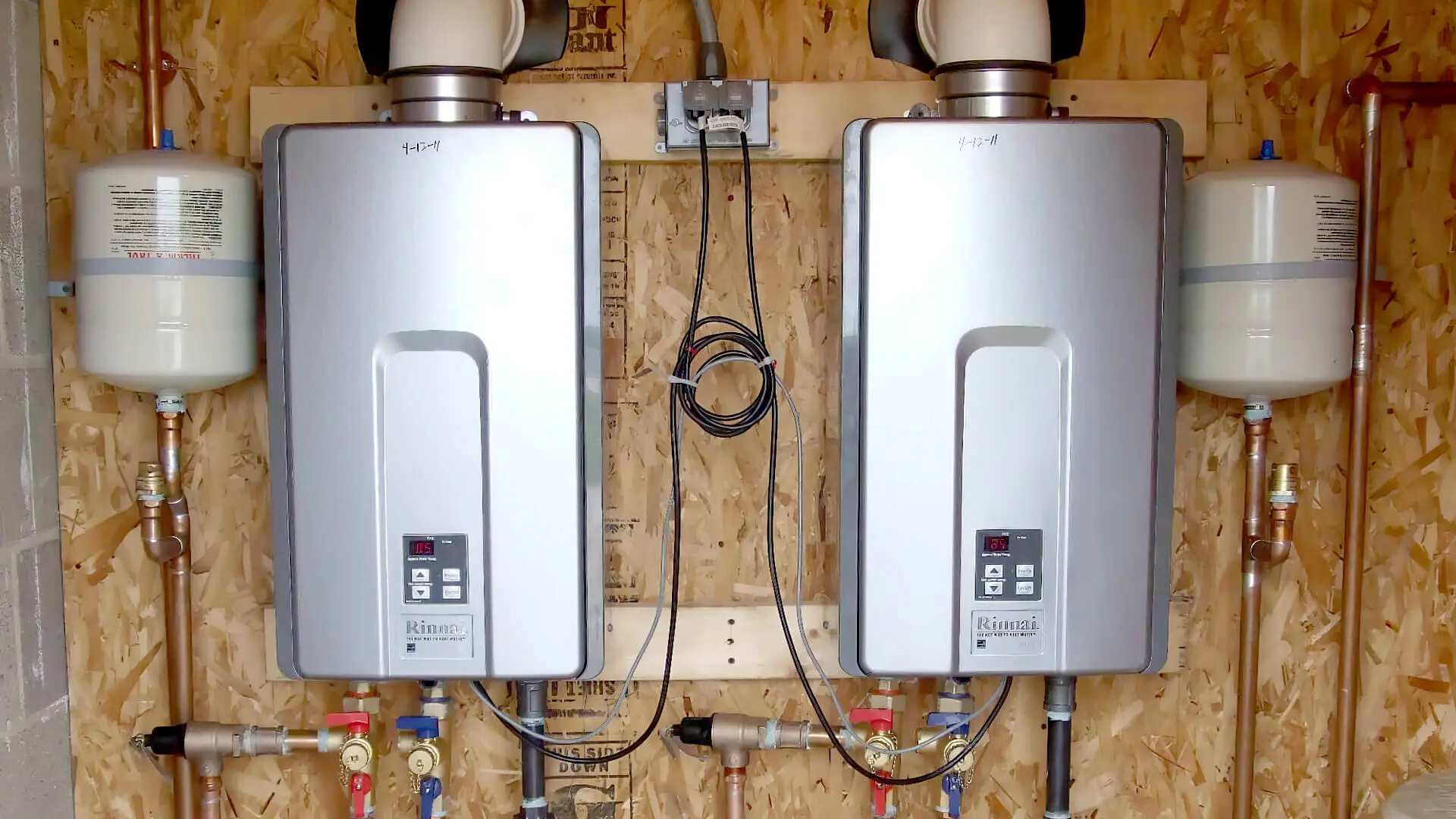
We’ve gathered everything you need to know about this hot water system’s technology, benefits, and drawbacks. Whether you’re thinking about upgrading your current setup or just curious about how instantaneous water heaters work, you’re in the right spot!
How Do Instantaneous Water Heaters Work?
Instantaneous hot water systems deliver hot water without a storage tank by heating it instantly.
When you turn on the hot water tap, cold water moves through a heat exchanger inside the unit, where a natural gas burner or an electric element heats it. This process allows a tankless water heater to deliver a continuous stream of hot water, eliminating the need to wait for a storage tank to fill up.
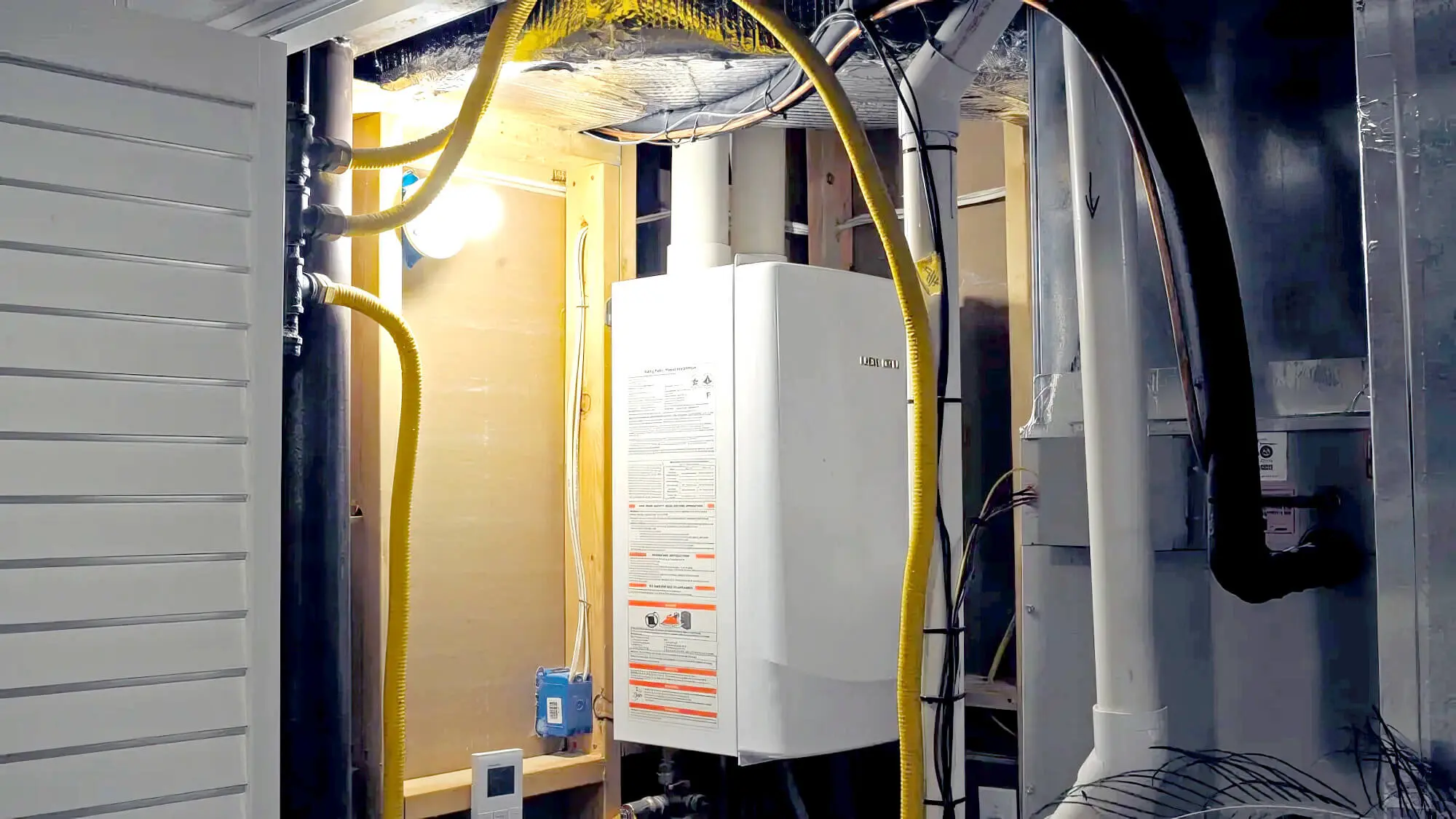
However, a tankless heater’s flow rate is restricted by its output capacity. Most tankless water heaters deliver about 7.6-15.2 litres of hot water per minute. Gas hot water systems produce a higher flow rate than electric tankless water heaters. But sometimes, even the largest gas-fired model must provide more hot water for simultaneous uses in larger homes.
For instance, running a dishwasher and showering simultaneously can exhaust a tankless water heater. To address this issue, multiple tankless hot water systems or separate units for appliances requiring large amounts of hot water can be installed.
However, installing additional units will come at an added expense, which may not be worth the investment. Besides, you can use these instant hot water systems for:
- Hot tubs and remote bathrooms
- As a booster for a solar hot water system
- As a booster for appliances
How To Get Started With A Tankless Water Heater
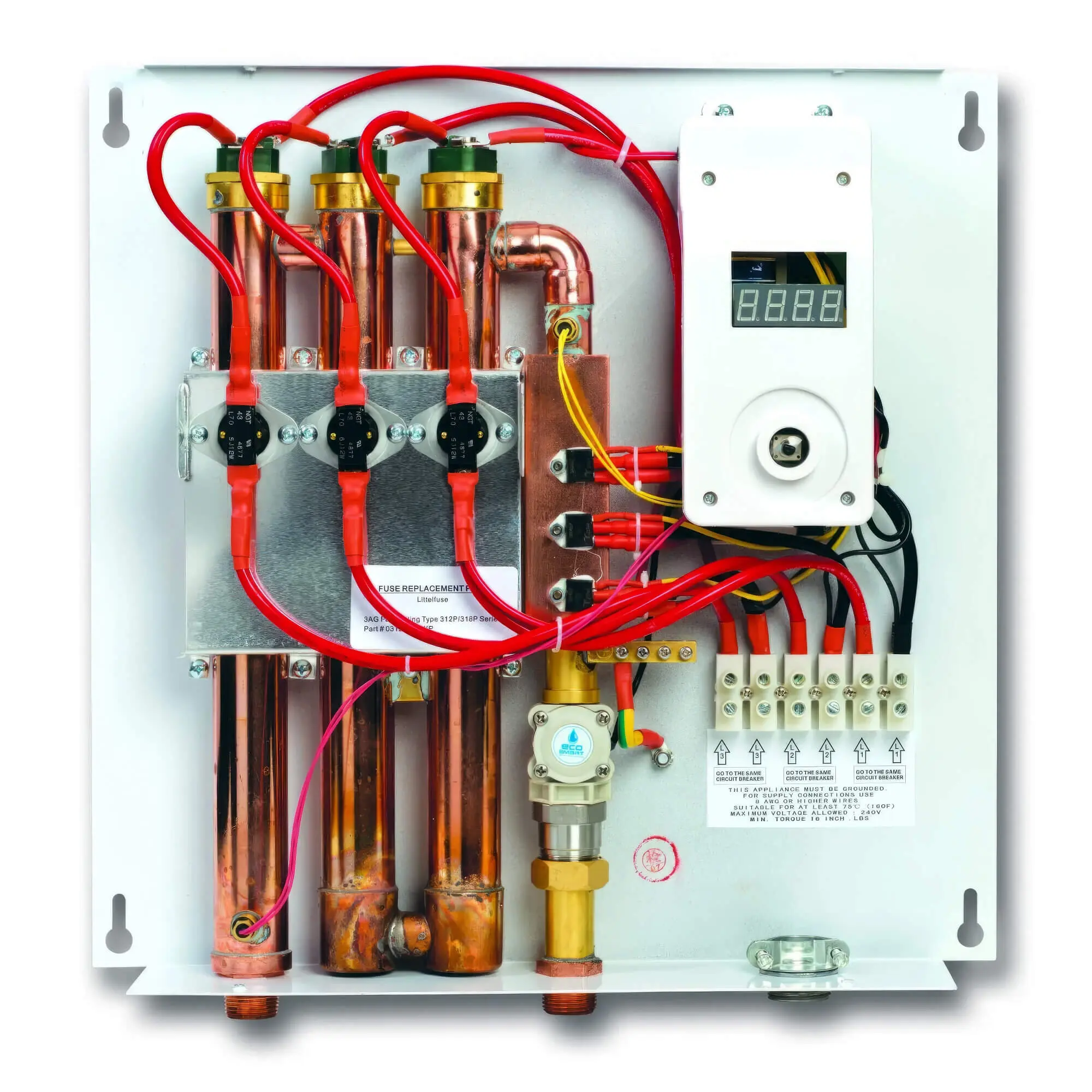
If you’re looking to swap your conventional heater for a tankless one, don’t forget to consider the groundwater temperature where you live. To find the best output temperature, work out the difference between the coldest average temperature in your area and your preferred hot water temperature. Ideally, this difference should be between 37 and 65 degrees Celsius.
You’ll also want to figure out the necessary flow rate for your tankless water heater, measured in litres per minute. Simply add up the litres per minute each appliance uses when they’re running at the same time. This total gives you the hot water flow rate your home needs.
Moreover, before investing in a tankless instant hot water system, one must weigh the advantages and disadvantages of owning one.
Advantages Of Tankless Water Heaters
1. Energy Efficiency
One of the most significant advantages of tankless gas-fired and electric hot water systems is their energy efficiency. Because these systems only heat water as needed, they can help save more than half the energy traditional hot water heaters use. As a result, homeowners can save money on their energy bills while reducing their carbon footprint.
2. Compact Size
Another advantage of an instant hot water system is its compact size. A traditional hot water heater can take up a lot of space, but a tankless model is much smaller. As such, it can be stored in tight spaces, like under a sink or in a closet. This can be especially beneficial for homeowners with limited space or those who want to free up space for other uses.
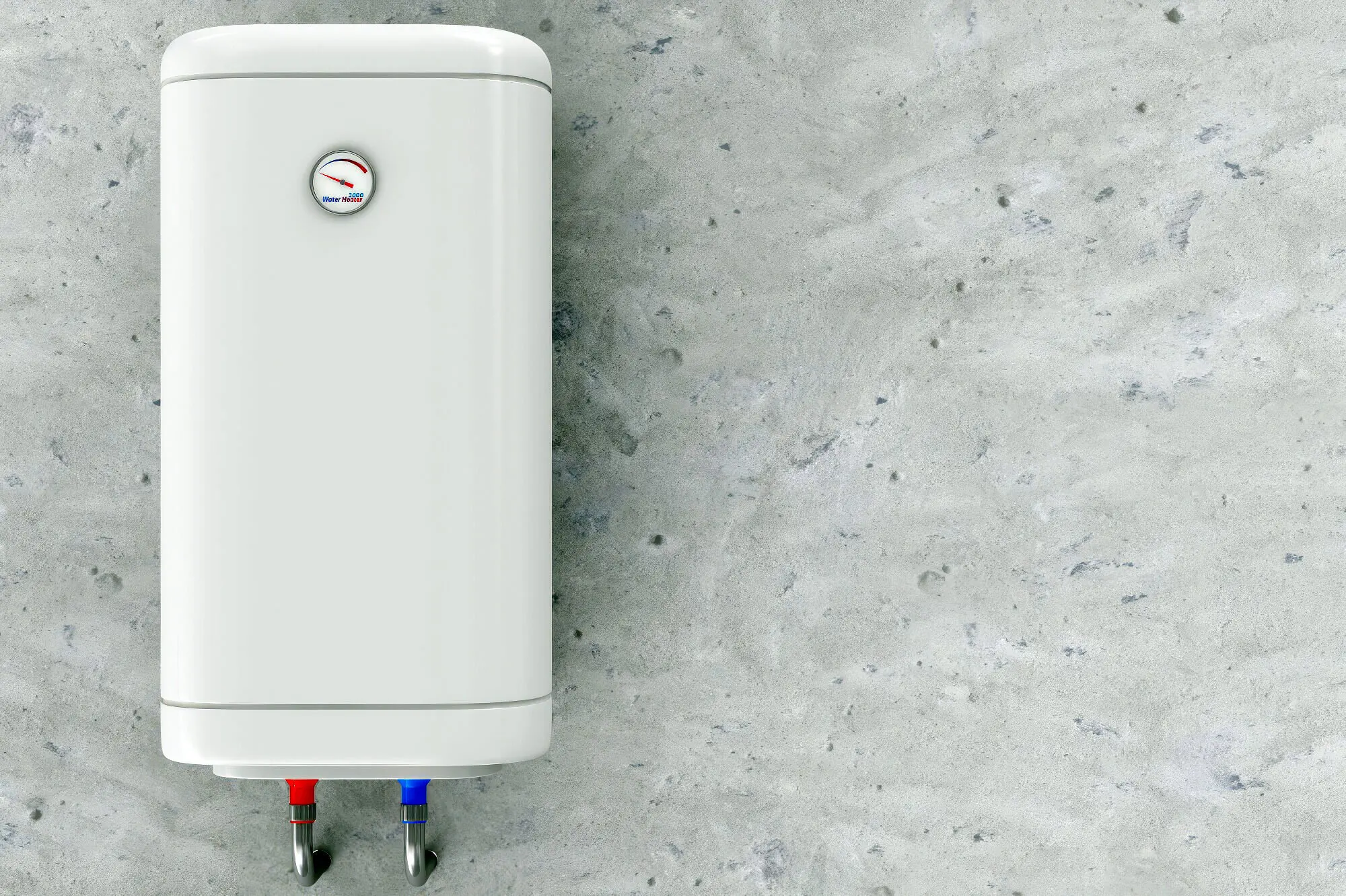
3. Endless Supply Of Hot Water
An instant hot water system can provide endless hot water whenever needed. With a traditional hot water tank, the amount of hot water available is limited by the unit size. Once the hot water tank runs out of water, it takes time to refill and reheat. With a tankless system, hot water is available on demand, so there is no limit to the amount of hot water available.
4. Last Longer Than Traditional Hot Water Tanks
An instant hot water system lasts much longer than a regular hot water system. While traditional water heaters typically last 10–15 years, tankless heaters can work optimally for about 20 years. However, regular maintenance is necessary to make the most of your water heater.
With instant hot water systems, you can enjoy hot water on demand for years without worrying about the cost and hassle of replacing the unit.
Disadvantages Of Tankless Water Heaters
While instantaneous hot water systems offer several advantages, some disadvantages should be considered before installing one.
1. High Upfront Cost
Although maintenance and repair costs are negligible, tankless systems are more expensive to purchase and install. This can be a significant drawback for homeowners on a tight budget or who are not planning to stay in their homes for a long time.
2. Low Water Flow Rates
Another disadvantage of instant electric or gas hot water systems is the potential for lower water flow rates. Tankless systems are designed to heat water as it flows through the unit. As such, they may not be able to provide as much hot water as traditional tanks in high-demand situations. This can be a problem for larger households or homes with multiple bathrooms, as hot water may not be readily available during peak usage.
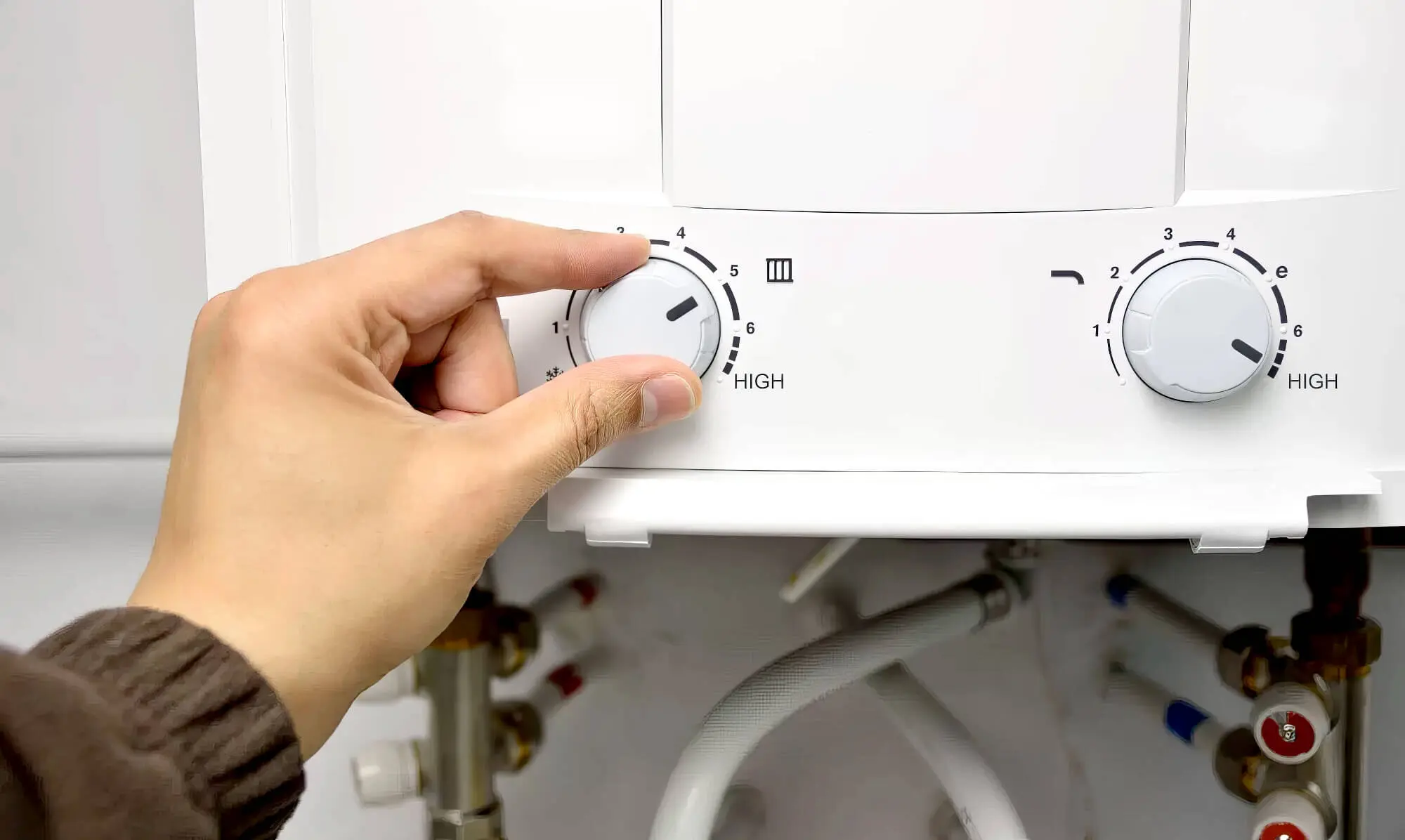
3. Difficult To Install And Maintain
An instant hot water system may also be challenging to install and maintain as it requires a different plumbing system than your old traditional tanks. Consequently, installing instant hot water systems requires the services of a professional plumber, which may add up to the overall cost.
Plus, depending on the type of water in your locality, a tankless system may require more frequent maintenance, such as descaling to remove mineral build-up.
4. It May Not Be Suitable For All Households
Adding to the previous point, tankless systems may be more energy-efficient but may only suit some households. For instance, in areas with hard water, mineral build-up can reduce the efficiency of the instant system. Further, in households with low hot water demand, the energy savings may not be as significant as in homes with higher demand.
Is A Tankless Water Heater The Right Choice For You?
Before you spend your money, it is necessary to confirm whether a tankless water heater suits your specific needs. Thus, there are three crucial factors that you must consider:
1. Electrical Supply
The first factor you must consider is the electrical power requirement of the electric/gas tankless water heater. Depending on the particular model selected, a dedicated power circuit will be constructed to operate securely. An appropriately rated Mini Circuit Breaker (MCB) must attach this circuit to the distribution board or consumer unit.
Subsequently, you must request your electrician to verify that there is adequate capacity to supply power to the unit without exceeding the capacity of the main fuse. Then, ensure that you can place/have placed the appropriate size of cable for the maximum load.
Lastly, confirm that you can fit the Mini Circuit Breaker in the correct size for the maximum load.
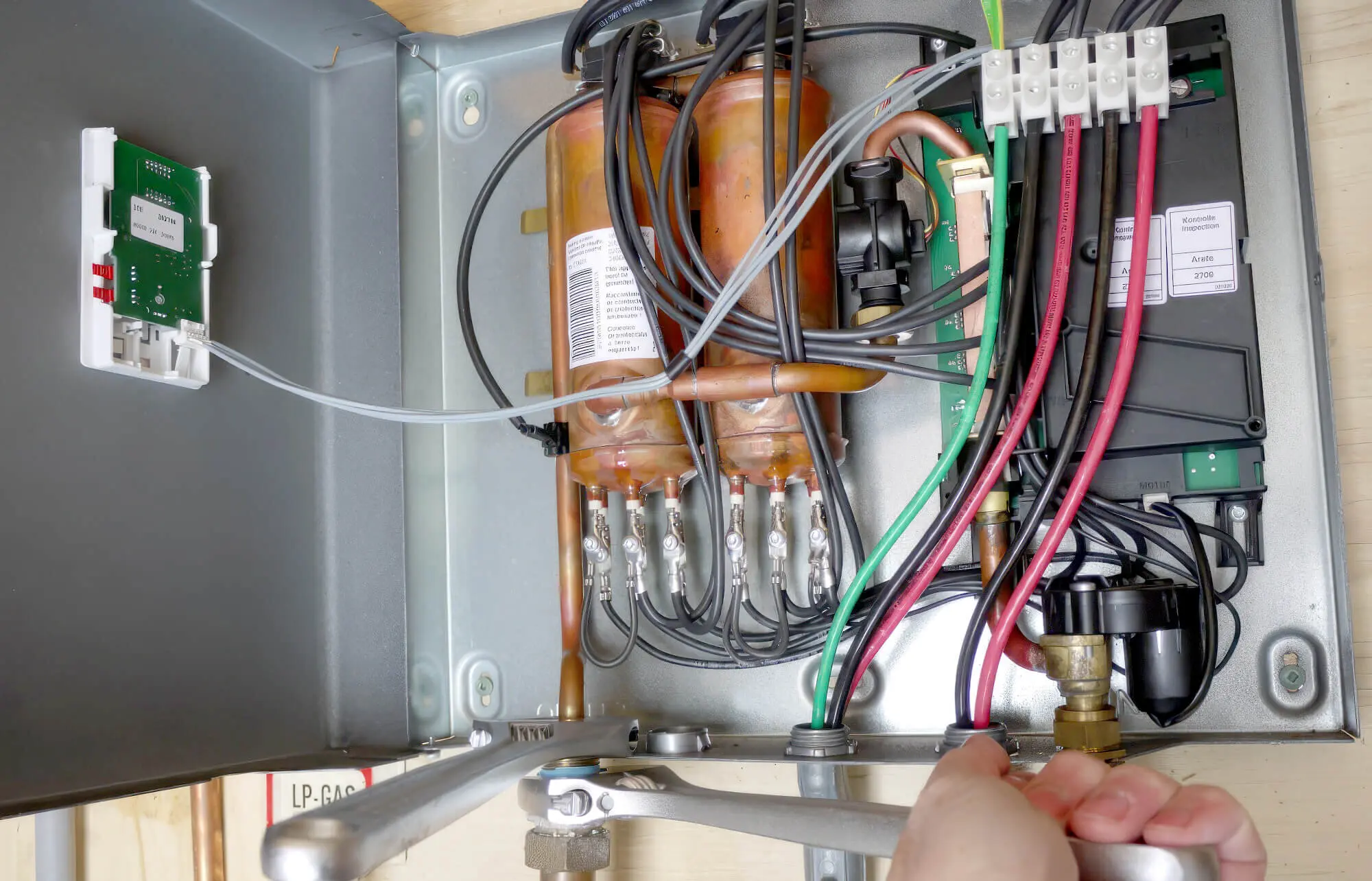
2. Flow Rates
The flow rate implies the quantity of water that passes through an exit point, like a faucet or showerhead, within a given period. In the case of an instantaneous water heater, the flow rate influences the maximum temperature to which you can heat your water. This is because water that flows faster requires more energy to heat quickly than water that moves slower.
To use a tankless water heater, you must know the flow rate in your household or at least the typical range in your locality. Once you have determined your flow rate, you can choose the suitable model for your needs.
You can gauge the flow rate of any water outlet in your house using a measuring jug with a 1-litre mark and the stopwatch function on your phone. Place the jug under the outlet, turn on the tap, and time how long it takes to fill it to 1 litre. This gives you the flow rate in litres per minute for that specific outlet.
3. Ambient Water Temperature
Tankless water heaters increase the temperature of the water already present by a specific degree. If the incoming water is colder than usual, you might require a more powerful unit and a reduced water flow rate to attain the desired hot water temperature. Hence, it is imperative to be aware of the temperature of the water supply in your home.
And That’s How an Instantaneous Water Heater Works!
An instantaneous water heater is an efficient and cost-effective solution for providing hot water on demand. However, understanding the electrical requirements, flow rate, and incoming water temperature is crucial when selecting the appropriate unit for your needs.
As such, we recommend turning to Big Blue Plumbing for proper installation and maintenance of instant hot water units to enjoy reliable and consistent hot water for your home or business. Our expert plumbers are available 24/7, so contact us today and enjoy the benefits of instantaneous water heaters.



